Content code
s1534
Slug (identifier)
links-secondary-1-2
Grades
Secondary I
Secondary II
Topic
Science and Technology
Content
Title (level 2)
What is a Link?
Title slug (identifier)
link
Contenu
Content
Corps
- A link is the basic mechanical function performed by any part that connects different parts of a technical object.
- A linking component is an intermediate part that is sometimes needed to connect other parts.
Corps
Lnks and linking components can be shown in an object’s construction diagram.
Content
Image
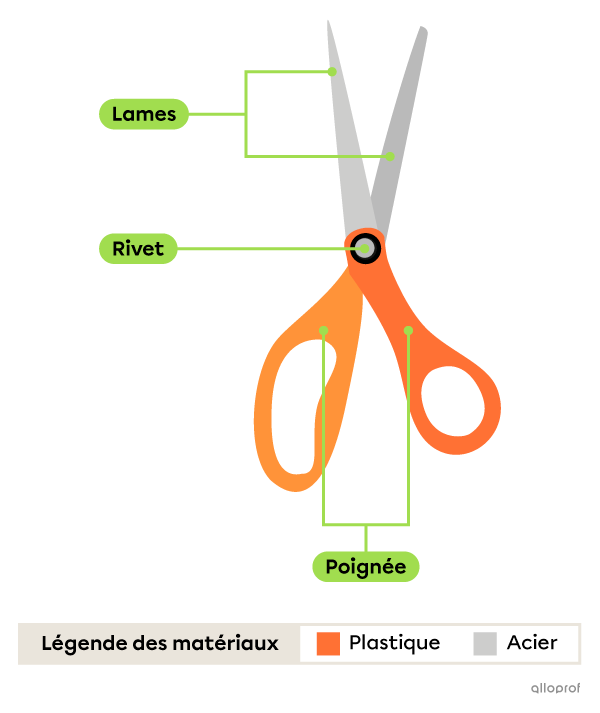
Title
Schéma de construction d’une paire de ciseaux
Image
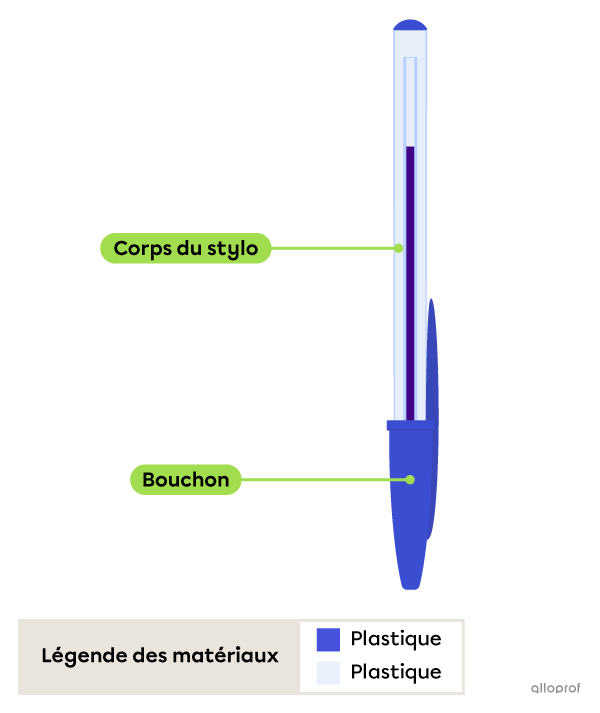
Title
Schéma de construction d’un stylo
Contenu
Title
How do you describe a link using four characteristics?
Content
Content
Corps
A link can be described using four characteristics.
Columns number
2 columns
Format
50% / 50%
First column
Corps
For example, the metal tubes of a folding chair are connected by rivets. This link is indirect, permanent, rigid, and partial.
Second column
Image

Corps
All links can be described using one characteristic from each of the following pairs.
Direct | Indirect |
|---|---|
| The parts are linked together without any linking component. | The parts are linked together by one or more linking components. |
Examples | |
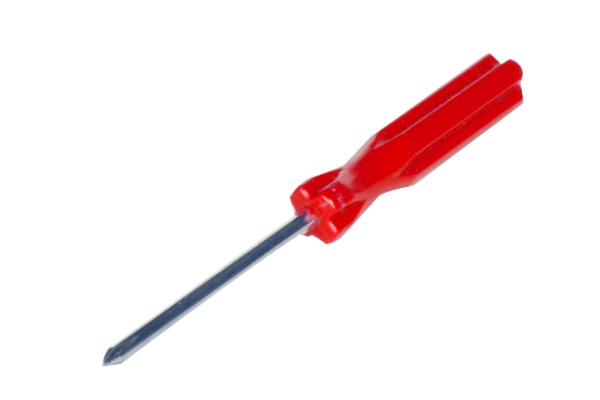 ozkan, shutterstock.com | 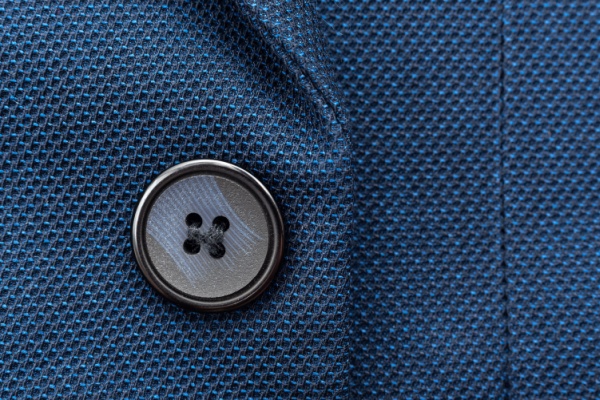 Gudman, shutterstock.com |
| The link between the handle and the shaft of a screwdriver is direct, as the shaft is embedded in the plastic of the handle without any linking component. | The link between a button and a shirt is indirect because the button is linked to the shirt via the thread, which acts as a linking component. |
Removable | Permanent |
|---|---|
| The linked parts can be separated without damaging the parts or their linking components. | The linked parts cannot be separated without damaging the parts or their linking components. |
Examples | |
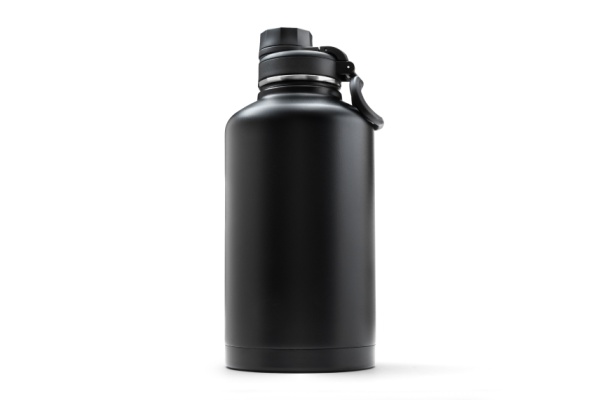 Cember Tech, shutterstock.com | 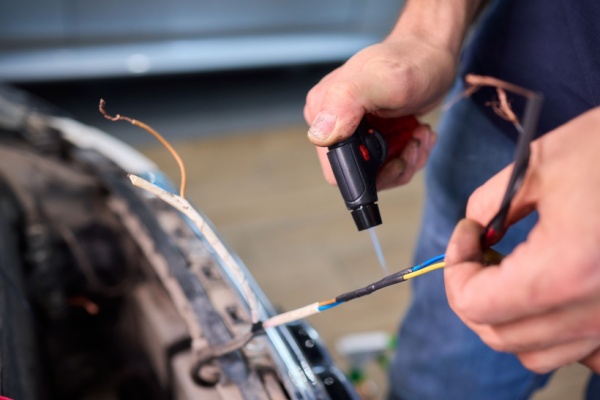 Gudman, shutterstock.com |
| The link between a reusable water bottle and its cap is removable, as the cap can be removed from the bottle without damaging anything. | Plastic sheaths are used to protect electrical wires and serve as a linking component. These links are permanent, as it is impossible to separate the wires without damaging the sheath. |
Flexible | Rigid |
|---|---|
The parts or linking components allow for return motion Return motion occurs when linked parts return to their original shape or position following deformation or movement. To achieve this, there may be a return device (e.g., a spring) that ensures that the linked parts return to their initial position. | The parts or linking components do not allow for any deformation or return motion. |
Examples | |
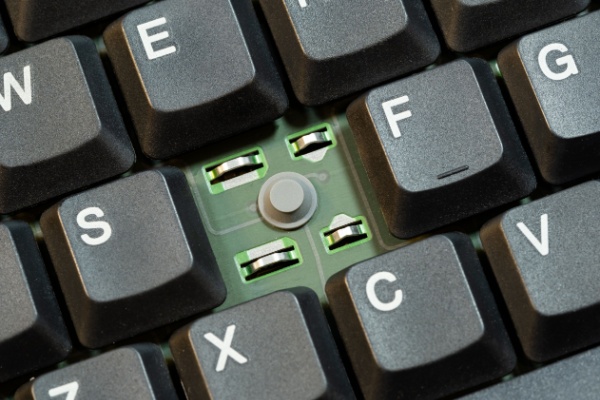 tomeqs, shutterstock.com | 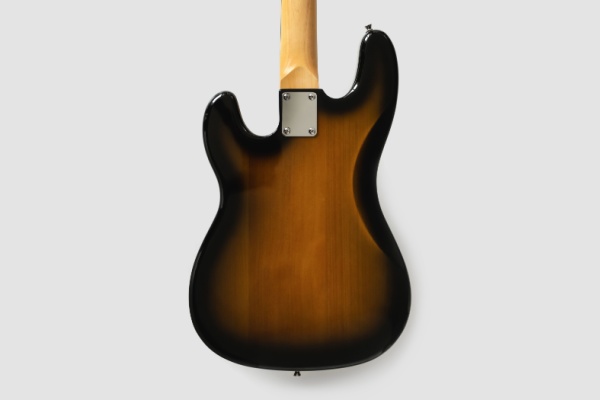 Krasovski Dmitri, shutterstock.com |
| The keys on a computer keyboard are linked to a printed circuit board by a rubber linking component that allows for a flexible link. The temporary deformation of the linking component allows the key to return to its initial position. | A guitar neck is attached to the back of a guitar body by screws that form a rigid link. The material the screws are made of does not allow for any deformation. |
Complete | Partial |
|---|---|
| None of the linked parts can move independently. | At least one of the linked parts can move independently of the others. |
Examples | |
 Sorawit11, shutterstock.com |  JIPEN, shutterstock.com |
| Mortar is a mixture of sand and water which, once dry, forms a complete link between the bricks of a wall. Mortar does not allow for any movement between the bricks. | Ball bearings form a partial link between the wheels and axle of a skateboard. The ball bearings allow the wheels to rotate around the axles. |
Title (level 2)
See Also
Title slug (identifier)
see-also
Contenu
Links
Type
Internal
Title
Basic and Complex Mechanical Functions
Type
Internal
Title
The Technical Diagram
Internal link
Remove audio playback
No
Printable tool
Off
Entête fiche multi-niveaux